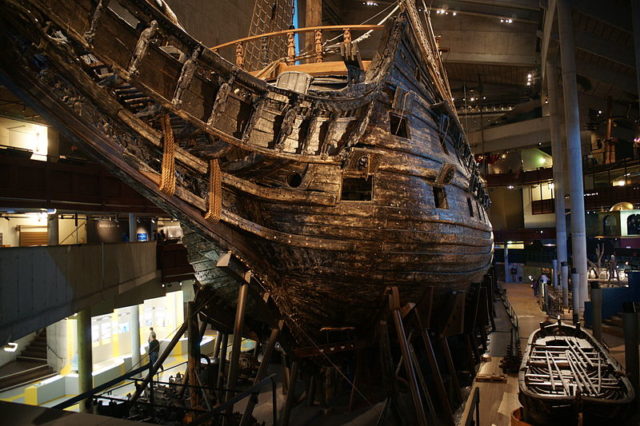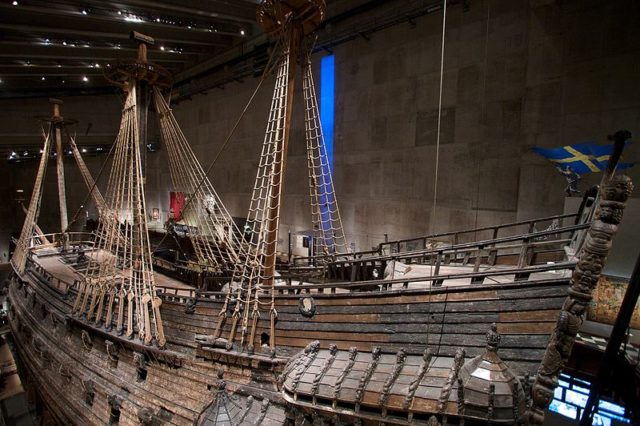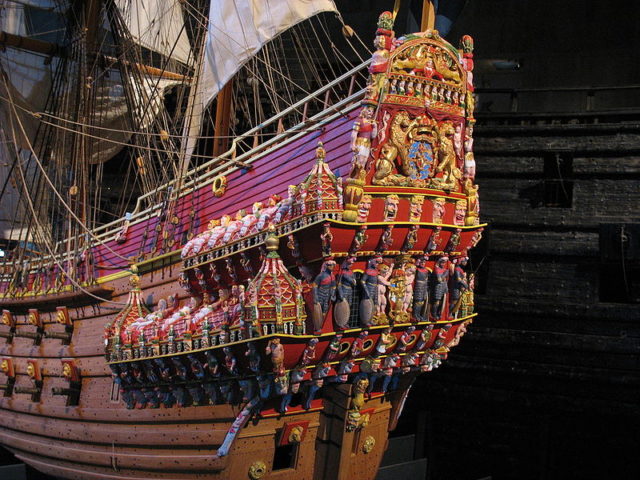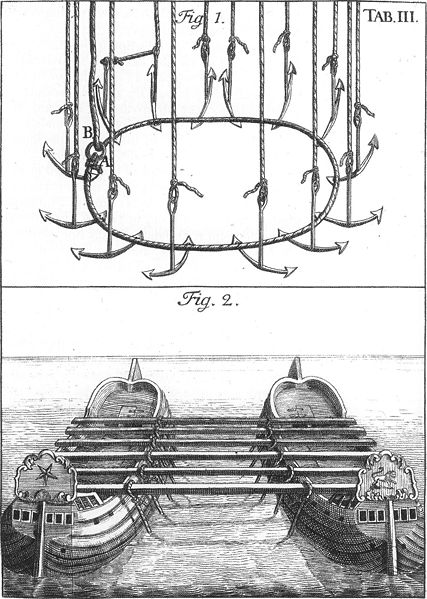Throughout history, there has been a significant number of famous and colossal ships that sank on their maiden voyage. The list includes the RMS Titanic, the RMS Olympic, the MS Georges Philippar, the SS John Morgan and many others. The reasons for the demise of these vessels were usually a combination of human error, adverse weather conditions, and overambitious design.
Overambitious design and megalomaniac desire to display power were the sole causes of the unfortunate sinking of “Vasa,” a Swedish warship that was one of the longest and best armed wooden ships ever constructed.

“Vasa” was built on the orders of Gustavus Adolphus, a Swedish king who ruled during the first half of the 17th century. Sweden was a prominent economic and military force at the time, and Gustavus Adolphus wanted to create a powerful warship to aid the Swedish naval forces involved in the war against Poland-Lithuania.
The ship, built in 1628, was 157ft long and was armed with 64 customized bronze cannons; it was heavily decorated to represent the power and glory of the king. However, the engineers who inspected the ship upon its completion discovered that Vasa had a dangerous structural flaw: the upper structure of its hull was simply too heavy due to the weight of the cannons and too many heavy wooden ornaments.


Although the engineers who conducted the security survey warned the officials of the Swedish court that the ship’s hull needed to be readjusted, the officials were afraid to confront the king with the critical flaw. They decided to remain silent, and the king ordered the ship to sail on August 10th of 1628.
The ship sank only a few minutes after leaving the harbor. It traveled roughly 1400 yards before encountering strong wind and waves that filled the hull with water. The weight of the upper structure of the hull was crucial to the ship’s demise because it acted as a weight and quickly pushed the ship into the depths of the Stockholm archipelago.
King Gustavus Adolphus was infuriated and immediately organized a detailed investigation into the cause of the ship’s sinking, but the investigators couldn’t find any solid evidence to accuse someone and no one was ever held responsible for the fiasco.

Vasa’s cannons and metal parts were all salvaged by the beginning of the 18th century. In 1961, the ship was completely recovered in an effort organized by the Swedish government.
Nowadays, it can be seen in its glorious entirety in the Vasa Maritime Museum in Stockholm, where it serves as a reminder of the “great power period” of the Kingdom of Sweden.
